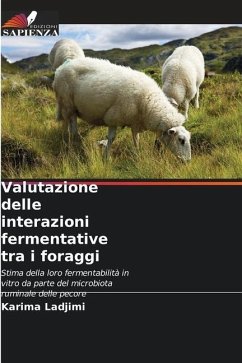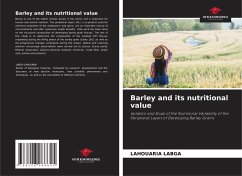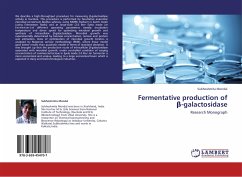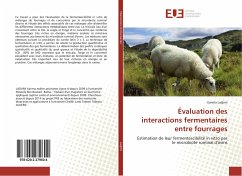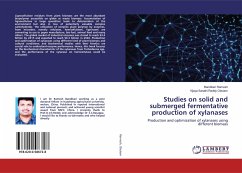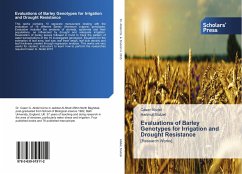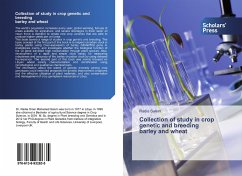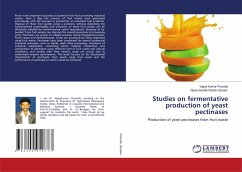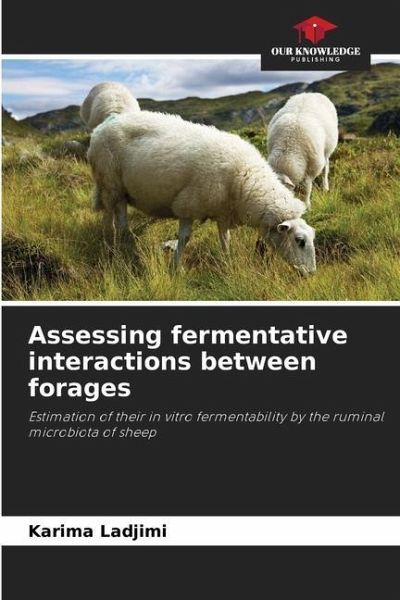
Assessing fermentative interactions between forages
Estimation of their in vitro fermentability by the ruminal microbiota of sheep
Versandkostenfrei!
Versandfertig in 6-10 Tagen
33,99 €
inkl. MwSt.

PAYBACK Punkte
17 °P sammeln!
The aim of this work is to evaluate the in vitro fermentability of forage and concentrate mixtures by the ruminal microbiota of sheep, and to study the associative effects of these mixtures in order to identify the various metabolic interactions between them. Triticale, a cross between wheat, rye and barley, and concentrate, which contains forages rich in the energy, nitrogen and minerals required by sheep ruminal microbiota. The mixtures were obtained using the 3 x 3 Latin square procedure. The in vitro fermentation technique was used to determine the quantitative and qualitative production o...
The aim of this work is to evaluate the in vitro fermentability of forage and concentrate mixtures by the ruminal microbiota of sheep, and to study the associative effects of these mixtures in order to identify the various metabolic interactions between them. Triticale, a cross between wheat, rye and barley, and concentrate, which contains forages rich in the energy, nitrogen and minerals required by sheep ruminal microbiota. The mixtures were obtained using the 3 x 3 Latin square procedure. The in vitro fermentation technique was used to determine the quantitative and qualitative production of fermentative gases. Determination of the quantitative and qualitative kinetic profiles of the gas pool and a study of digestibility (CD 80% DM) show that triticale, barley and concentrate, together with their mixtures, have a very high fermentation potential, and therefore a very high recovery potential, due to their high energy and protein content. These mixtures do not remain in the rumen as long.



